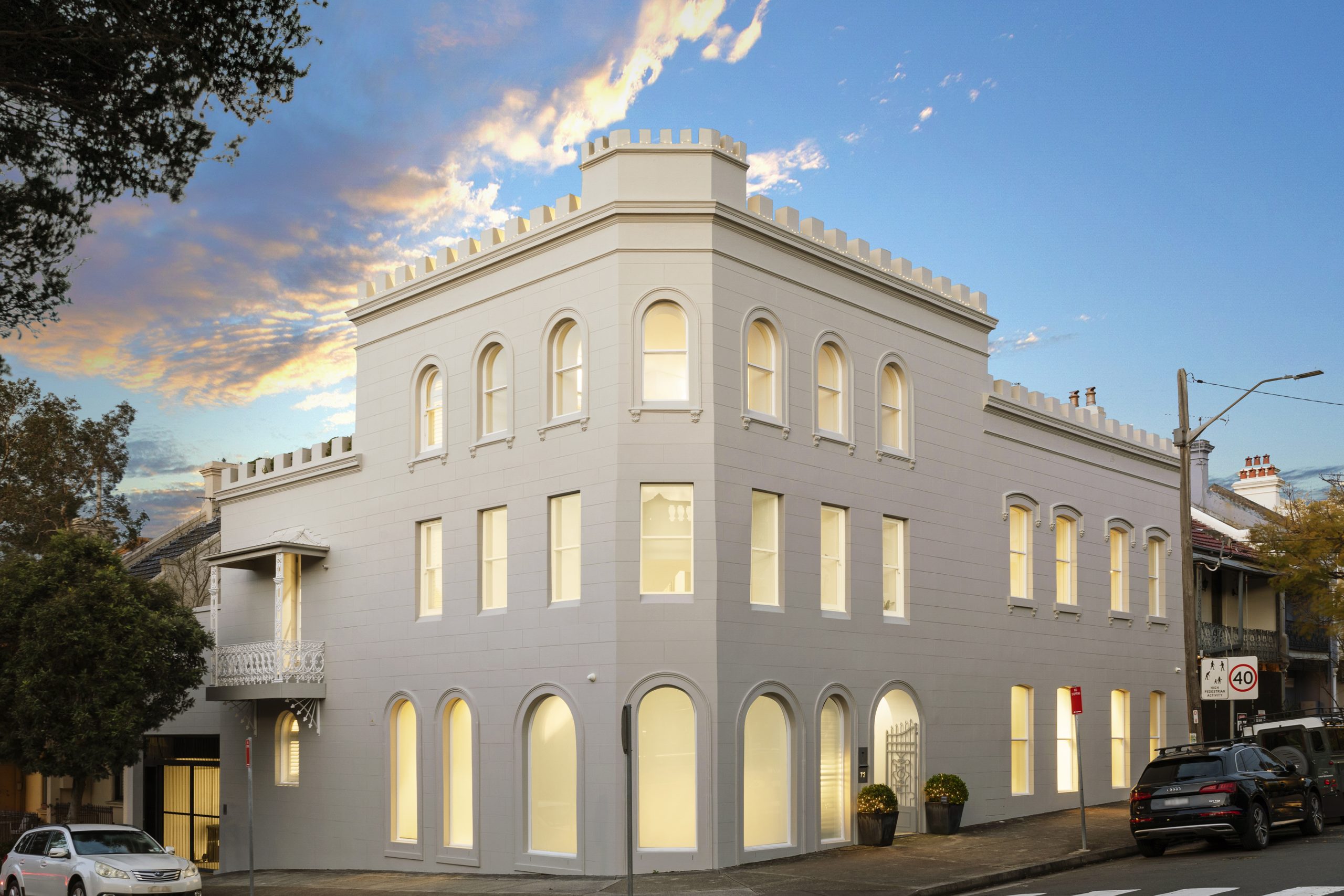Australian property buyers the winners in a spring market
A new report has revealed properties are taking longer to sell with more stock coming onto the market
Australian property buyers have been the big winners this spring, according to new data released this week, with more stock available and a drop in sales volumes.
CoreLogic’s Housing Chart Pack for December showed sales were down 4 percent on the historic average while total listings volumes nationally increased 10.6 percent during spring.
Homes also took longer to sell through spring. The national median number of days on market in the three months to November was 32 days, up from 27 days for the same period last year.
CoreLogic economist Kaytin Ezzy said the trends combined to create a more favourable market for buyers rather than sellers.
“Between higher stock levels and lower-than-usual sales volumes, the data for the end of November shows that buyers were the winners this spring (just), and sellers generally saw softer market conditions over the past few months,” she said. “The increase in selling times has coincided with higher stock levels, and softer sales volumes year-on-year.
“The median time on market increased by four days year-on-year across both the combined capital cities and regional market.”
The best performing areas for home value growth continued to be in the 25 percent most affordable markets of Adelaide, up 4.7 percent, Perth (4.5 percent) and Brisbane. At the other end, the top quarter of homes in Darwin (-2.7 percent), Melbourne (-1.4 percent) and Sydney (-1.6 percent) saw the greatest falls over the same period.
In good news for renters — and less welcome for existing investors — the report found rental growth also slowed this year. Rents increased by 5.3 percent over the year to November, the slowest increase since April 2021. At the same time, the RBA reported the average household size has risen across Australia’s capital cities, suggesting more renters are moving into shared housing to offset cost of living concerns.
“The gradual slowdown in net overseas migration could also be contributing to the stabilising in rent values, and as the backlog of Homebuilder work moves into completion, this could also take some demand out of the rental market,” Ms Ezzy said.
“Rental growth may rebound a little through the seasonally strong first quarter of 2025, but beyond any seasonality, it looks increasingly like the rental boom is over.”
Records keep falling in 2025 as harbourfront, beachfront and blue-chip estates crowd the top of the market.
A divide has opened in the tech job market between those with artificial-intelligence skills and everyone else.
The 2026 McGrath Report warns that without urgent reforms to planning, infrastructure and construction, housing affordability will continue to slip beyond reach for most Australians.
Australia’s housing market has reached a critical juncture, with home ownership and rental affordability deteriorating to their worst levels in decades, according to the McGrath Report 2026.
The annual analysis from real estate entrepreneur John McGrath paints a sobering picture of a nation where even the “lucky country” has run out of luck — or at least, out of homes.
New borrowers are now spending half their household income servicing loans, while renters are devoting one-third of their earnings to rent.
The time needed to save a 20 per cent deposit has stretched beyond ten years, and the home price-to-income ratio has climbed to eight times. “These aren’t just statistics,” McGrath writes. “They represent real people and real pain.”
McGrath argues that the root cause of Australia’s housing crisis is not a shortage of land, but a shortage of accessibility and deliverable stock.
“Over half our population has squeezed into just three cities, creating price pressure and rising density in Sydney, Melbourne and Brisbane while vast developable land sits disconnected from essential infrastructure,” he says.
The report identifies three faltering pillars — supply, affordability and construction viability — as the drivers of instability in the current market.
Developers across the country, McGrath notes, are “unable to make the numbers work” due to labour shortages and soaring construction costs.
In many trades, shortages have doubled or tripled, and build costs have surged by more than 30 per cent, stalling thousands of projects.
Need for systemic reform
McGrath’s prescription is clear: the only real solution lies in increasing supply through systemic reform. “We need to streamline development processes, reduce approval timeframes and provide better infrastructure to free up the options and provide more choice for everyone on where they live,” he says.
The 2026 edition of the report also points to promising trends in policy and innovation. Across several states, governments are prioritising higher-density development near transport hubs and repurposing government-owned land with existing infrastructure.
Build-to-rent models are expanding, and planning reforms are gaining traction. McGrath notes that while these steps are encouraging, they must be accelerated and supported by new construction methods if Australia is to meet demand.
One of the report’s key opportunities lies in prefabrication and modular design. “Prefabricated homes can be completed in 10–12 weeks compared to 18 months for a traditional house, saving time and money for everyone involved,” McGrath says.
The report suggests that modular and 3D-printed housing could play a significant role in addressing shortages while setting a new global benchmark for speed, cost and quality in residential construction.
Intelligent homes
In a section titled Weathering the Future: The Power of Smart Design, the report emphasises that sustainable and intelligent home design is no longer aspirational but essential.
It highlights new technologies that reduce energy use, improve thermal efficiency, and make homes more resilient to climate risks.
“There’s no reason why Australia shouldn’t be a world leader in innovative design and construction — and many reasons why we should be,” McGrath writes.
Despite the challenges, the tone of the 2026 McGrath Report is one of cautious optimism. Demand is expected to stabilise at around 175,000 households per year from 2026, and construction cost growth is finally slowing. Governments are also showing a greater willingness to reform outdated planning frameworks.
McGrath concludes that the path forward requires bold decisions and collaboration between all levels of government and industry.
“Australia has the land, demand and capability,” he says. “What we need now is the will to implement supply-focused solutions that address root causes rather than symptoms.”
“Only then,” he adds, “can we turn the dream of home ownership back into something more than a dream.”
Micro-needling promises glow and firmness, but timing can make all the difference.
On October 2, acclaimed chef Dan Arnold will host an exclusive evening, unveiling a Michelin-inspired menu in a rare masterclass of food, storytelling and flavour.




















